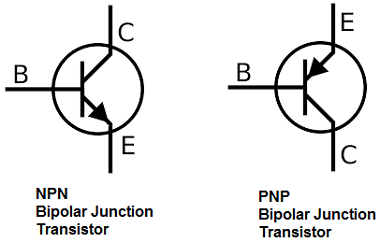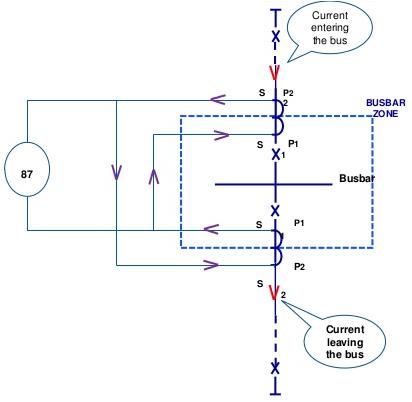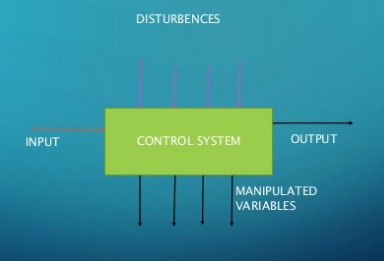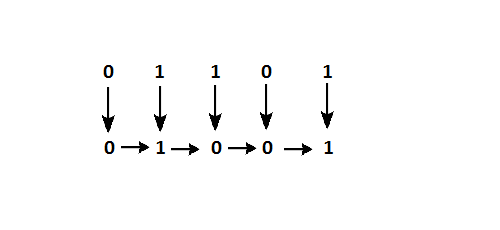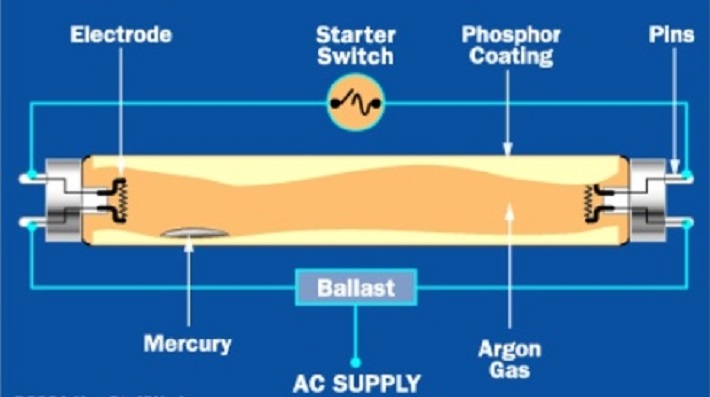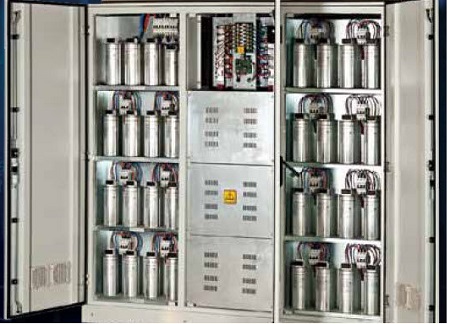What is a Transistor The transistor is a three-layer semiconductor device that consists of: two n-type layers and one p-type layer of material which is called npn transistor two p-type layers and one n- type layer of material which is called an
Read More
Before discussing the types and importance of busbar protections let’s see what is a bus bar? The word bus is derived from Latin word “OMNIBUS” that means common for all, so busbar is actually a common and main part of a power
Read More
Control system engineering is the branch of engineering which deals with the principles of control theory to design a system which gives desired behavior in a controlled manner. A controlled system consists of highly integrated coordination of mechanical, electrical, chemical, metallurgical, electronic or
Read More
Gray Code is one of the most important codes. It is a non-weighted code which belongs to a class of codes called minimum change codes. In this codes while traversing from one step to another step only one bit in the code
Read More
Fluorescent light electronic ballast provides initial high voltage for discharging the gas inside the fluorescent lamps/bulbs. Ballast converts power frequency to very high frequency that initializes gas discharge process by controlling voltage and current through the lamps. There are different types of light
Read More
The electrical energy is almost exclusively generated, transmitted and distributed in the form of alternating current. Therefore, the question of power factor immediately comes into picture. Most of the loads (e.g. induction motors, arc lamps) are inductive in nature and hence have
Read More
